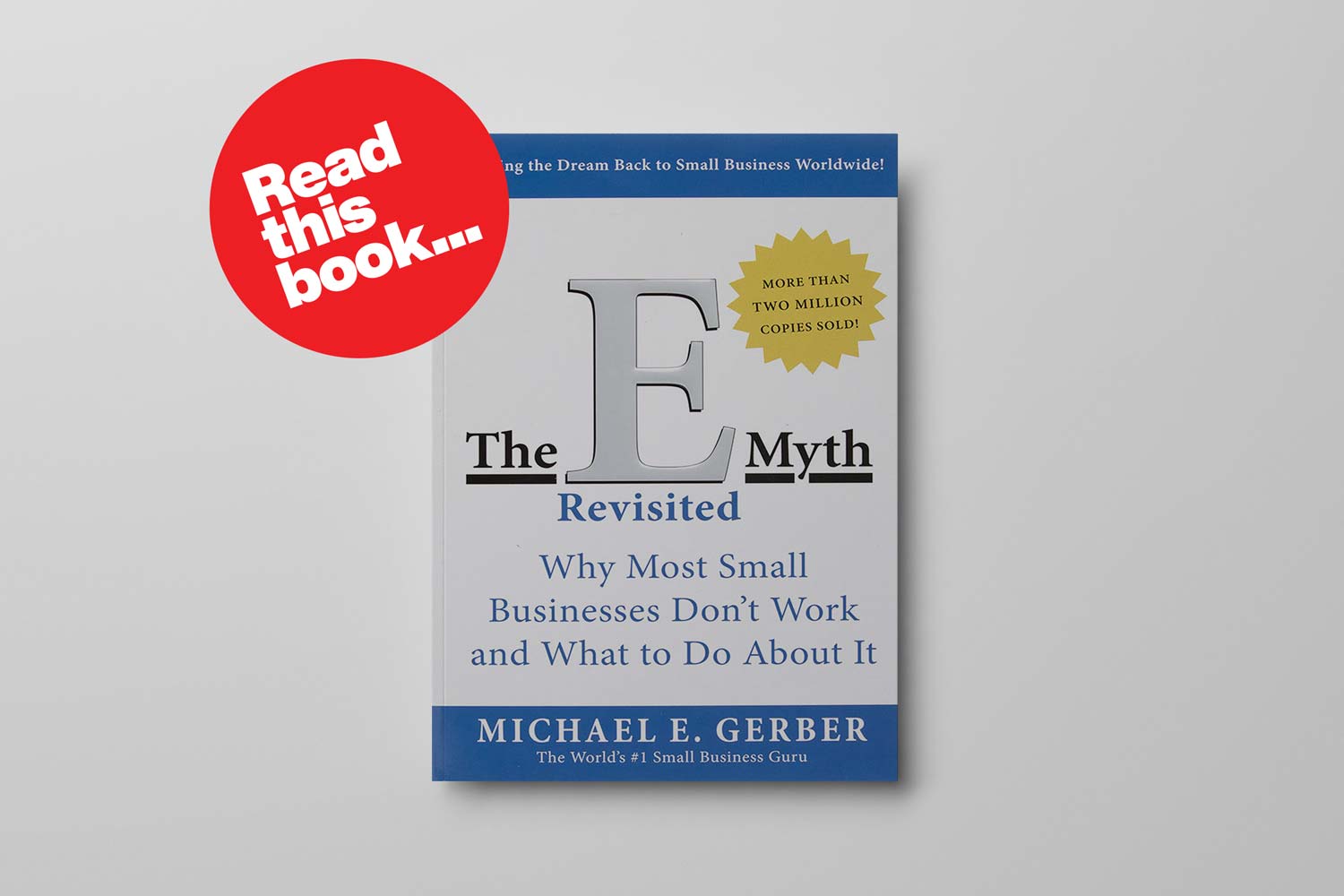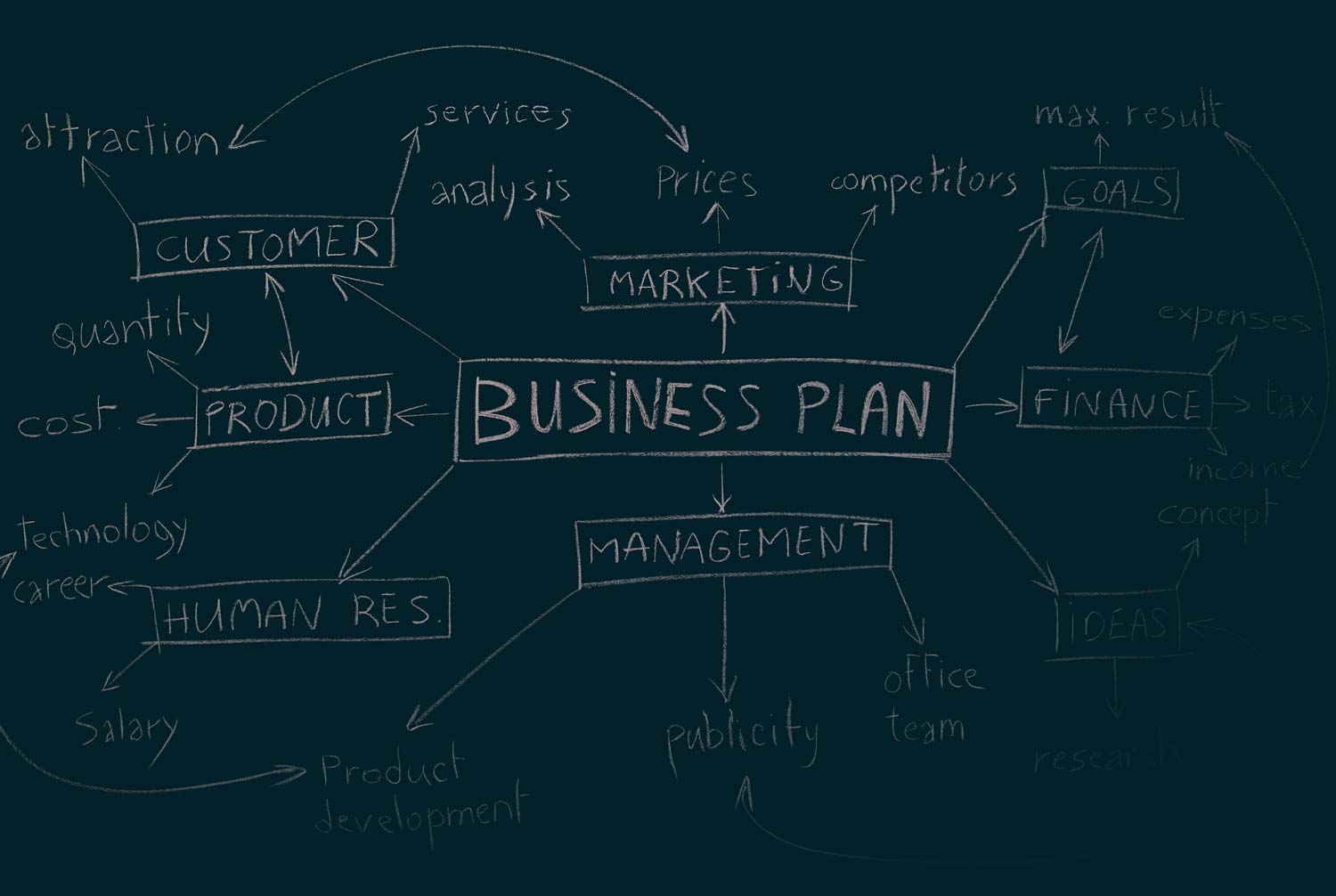If you’ve followed a significant volume of my content, you’ve undoubtedly heard me mention the book, The E-Myth Revisited, by Michael Gerber. I read this book around year 2 or 3 of growing my creative agency and it had a profound impact on me. In fact, I can probably say that this book was the catalyst for transforming everything in my business. I began looking at every aspect of my growing agency through the E-myth-lens which led to more than a decade of success that followed.
BTW – If you haven’t read The E-Myth Revisited by Michael Gerber, smash this link right now… https://amzn.to/3CR6Sdh
 The Technician, the Manager and the Entrepreneur
The Technician, the Manager and the Entrepreneur
Among many concepts in the book, one that really hit home to me was the fact that there are three roles in a business: the technician, the manager and the entrepreneur. I will summarize these using a “Cookie Store” as an example.
The Technician
The technicians make the cookies that the store sells.
The Manager
The manager(s) manage the technicians to ensure that they make the cookies in alignment with business standards.
The Entrepreneur
The entrepreneur is the visionary, deciding where new stores will open, adding new recipes and generally strategizing the future of the business.
When I first heard this concept, my mind was blown and it was extremely clear to me that, although I had a few employees, I was still mostly technician (cranking out design work for my agency), sometimes a manager (helping my employees crank out design work) and rarely an entrepreneur (I had no vision, no goals, just grinding out the work one day at a time).
I changed my mindset and began working toward becoming an entrepreneur. What followed were more hires, more clients, more revenue, more profit, more awards and the eventual sale of my agency in 2015. I believe it had everything to do with this mindset shift to true entrepreneurship.
Here is a simple exercise that I take some of my coaching students through and I’m pretty sure I have it one of my courses somewhere. Determine what percentage of your time you spending doing work in each of the three E-myth categories.
- Technician Work: ____%
- Manager Work: ____%
- Entrepreneur Work: ____%
The first time I did this exercise my percentages looked something like this…
- Technician Work: 80%
- Manager Work: 19%
- Entrepreneur Work: 01%
(I generously gave myself 01% entrepreneur because at least I was reading a book about being an entrepreneur. Haha.) But I knew that in order for my agency to succeed to its fullest I would need to AT LEAST flip those percentages to something like these…
- Technician Work: 01%
- Manager Work: 19%
- Entrepreneur Work: 80%
And when I sold my agency, my percentages probably looked something like this…
- Technician Work: 0%
- Manager Work: 10%
- Entrepreneur Work: 90%
I don’t want to paint a false picture for you. Being 90% entrepreneur and 10% manager was not without its shortcomings. I had a couple people I had delegated manager roles to who didn’t pan out (and truth be told, caused a lot of pain to me and my business). I blame myself as much or more than I blame them. The fact is that the percentages below are probably the right place to be for most creative agency owners…
- Technician Work: 0%
- Manager Work: 20%
- Entrepreneur Work: 80%
And if I ever decided to build another agency, those last percentages would be the sweet spot, in my opinion. Producing the work for your clients is done by your technicians (designers, programmers etc.). You spend 20% of your time managing your managers (art directors, creative directors, marketing directors). However, 80% of your focus on the entrepreneur work. Let’s talk about what that is.
 What Does a Creative Entrepreneur Do?
What Does a Creative Entrepreneur Do?
During my agency run, over time, I tried to delegate everything, including a few responsibilities I shouldn’t have (which came back to bite me in the end). I did, however, successfully delegate everything except for these four things that I believe are the core entrepreneurial responsibilities of your business. Are you spending enough time working on these things?
Vision
You need to create a vision of where your business is going. What will it look like when it is finished? Who has already accomplished what you dream to accomplish? What does your vision board look like? What services will you offer? What problems will you solve? What clients will you serve? Answering these questions, and the myriad of tangential questions that relate to them, is one of your core responsibilities for your business. And in 99.9% of cases, you cannot delegate it.
Strategy
Once you’ve established your vision, you now need to put a strategy in place to execute it. How will you accomplish the vision? What big and small goals will you need to achieve? Who will you need to hire? Vision is, “Where are we going?” Strategy is, “How will we get there?” As the entrepreneur of your business, it is up to you to create that strategy and inspire your team to follow you on the path.
High-level Client Relationships
While it is “possible” to delegate all of the client relationships to members of your team (once you have a bigger agency), it is not advised. (I tried to delegate this and it did not yield positive results, but that is a story for another day.)
You should nurture your relationships with the high-level people of your client’s businesses. You, as the CEO of your business, should have relationships with the C-level people of your client’s business (or department heads of bigger clients). When it comes to getting the work done, it is ok for your team to have relationships with the people from your client’s team to execute on the work. But at the end of the day, the client’s high-level people should feel comfortable reaching out to you directly with new opportunities or problems that might occur during a project.
Financial Health
The final thing that you will always be responsible for at your business is its financial health. As the CEO of your agency, you are responsible to grow revenue for the business and value for the shareholders (in this case, you are likely the majority or total shareholder). This fiduciary responsibility doesn’t go away until you sell or close your business.
The Key to Growing Your Business
The more time you can spend working on the entrepreneurial responsibilities the better. When you focus on vision, strategy, high-level client relationships and financial health, your business stands the greatest chance for growth and success. It won’t happen overnight, but begin today by analyzing your entrepreneur, manager and technician percentages and make sure you spend time each day/week on entrepreneur things. This is where the magic happens…
- Technician Work: 0%
- Manager Work: 20%
- Entrepreneur Work: 80%
…but don’t rush it. Let it happen over time as you hire and expand your business.












